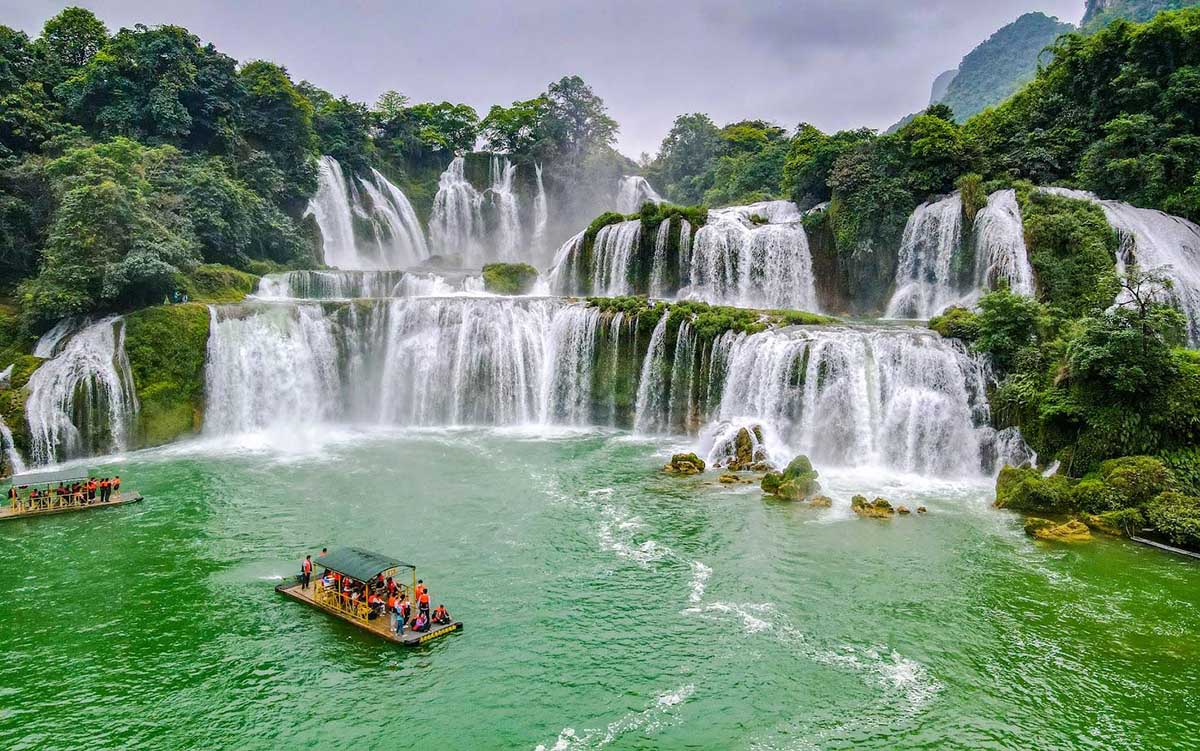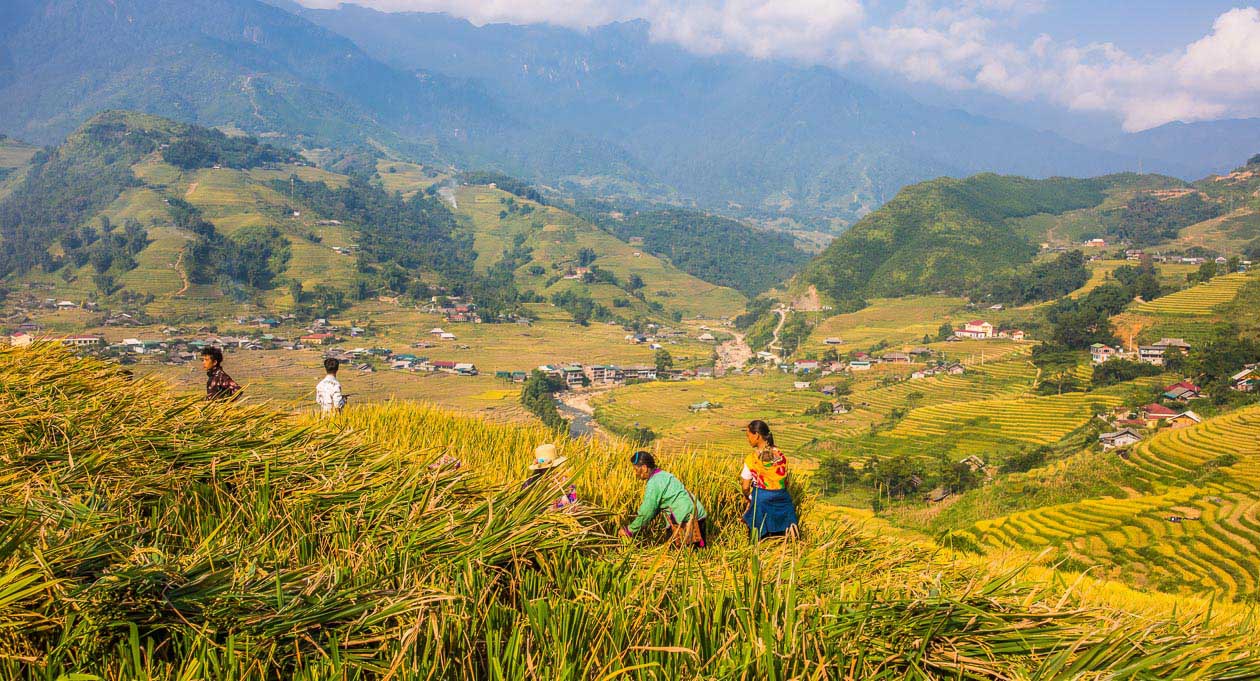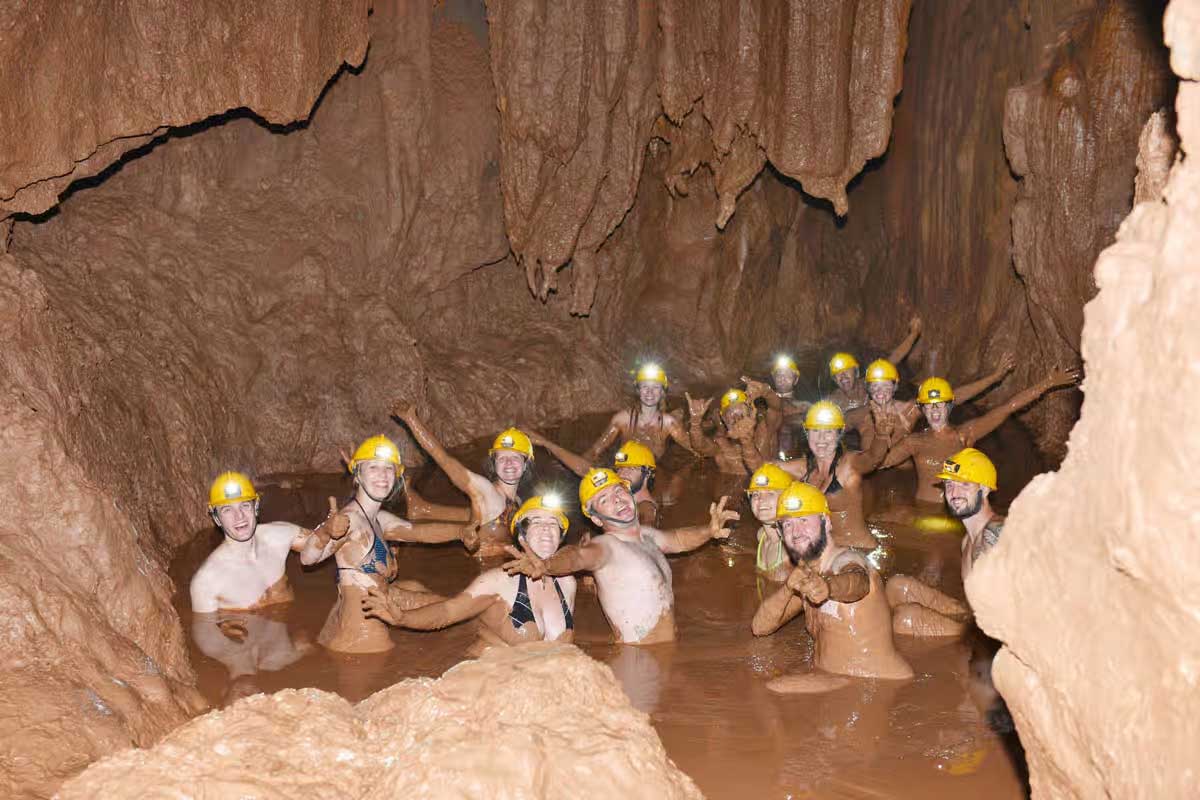Climate Overview for the best time to visit Mu Cang Chai
Mu Cang Chai is graced with abundant sunshine, a relatively cool climate, and a moderate humidity level of around 55%. The average annual temperature hovers between 19-20°C, though winter can bring a biting chill, with temperatures sometimes dipping to 0°C.
The region experiences four seasons:
-
Summer & Autumn (April - September): Marked by mild temperatures and the onset of the rainy season, this period sees humidity levels rise to 70-75% with an average temperature of 25°C. However, the frequent rains can bring the risk of flash floods, especially during July and August. During the hottest months, temperatures can climb to 39°C.
-
Winter & Spring (October - March): Characterized by colder, drier conditions, with the mercury going under 20°C.
Some local weather phenomena include:
-
Hailstorms (March - June): Rare, mostly occurring in higher altitudes
-
Frost (December - February)
-
Snowfall: On peaks above 1000m during winter
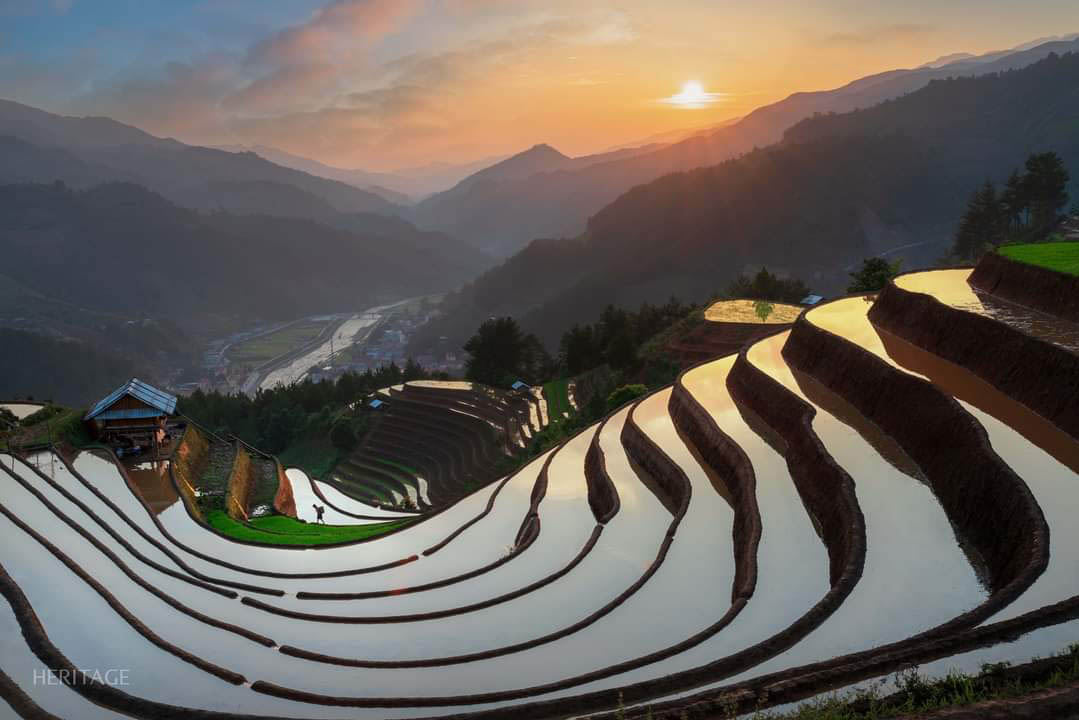
Mu Cang Chai water pouring season
The Best Time to Visit Mu Cang Chai
The golden window to experience Mu Cang Chai’s allure stretches from May to October. During these months, the region transforms as locals sow and harvest their singular rice crop across its terraced valleys.
Here are the different times of the rice season in Mu Cang Chai in a year from May to October:
-
Water Pouring Season (May - June): Villagers channel water from mountain streams to flood the terraces, creating a mirror-like reflection of the sky above.
-
Young Rice Season (June - July): After the fields are flooded, seedlings sprout, casting a verdant hue over the hills.
-
Green Rice Season (August): The rice grows taller, its vibrant green a lush carpet across the landscape.
-
Golden Harvest Season (September - October): As the rice ripens to gold, the terraces resemble waves of amber, and locals begin the harvest.
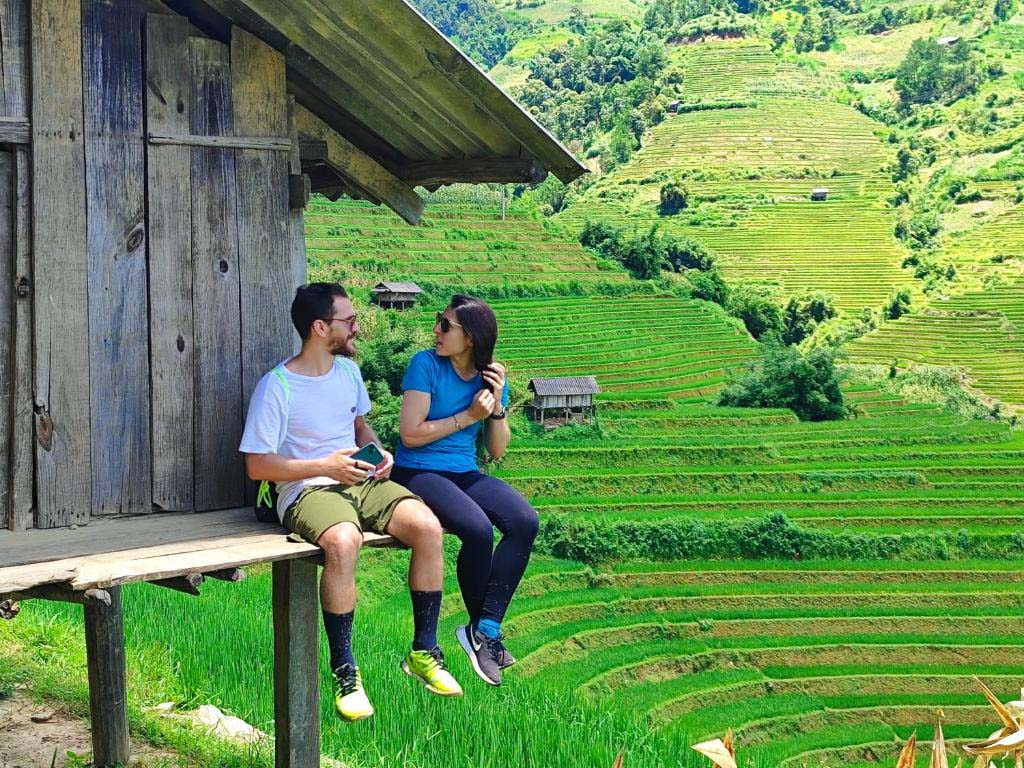
Best time to visit Mu Cang Chai rice ripening season
Some activities to get immersed in the rice season in Mu Cang Chai:
-
Trekking through Tu Le Valley or visiting La Pan Tan Rice Terraced Fields, Mam Xoi Hill, and Mong Ngua Hill.
-
Exploring villages nestled amid the terraces, such as Tu Le, Che Cu Nha, and Ngoi Tu, or more remote ones like Lim Thai and Lim Mong.
-
Soaking in the hot springs at Le Champ Tu Le, while gazing at the terraced fields beyond.
-
Engaging in adventure with activities like paragliding or ziplining over the rice fields.
-
Relaxing in an eco-resort such as Le Champ Tu Le, Mu Cang Chai Eco Lodge Resort, or Lapantan Paradise with a view to rice valleys.
Beyond the harvest, January to March brings a different kind of beauty, as peach blossoms, plum flowers, and mustard fields burst into bloom across the hills. This is also the time for traditional highland festivals, marking the Lunar New Year with a vibrant tapestry of culture.
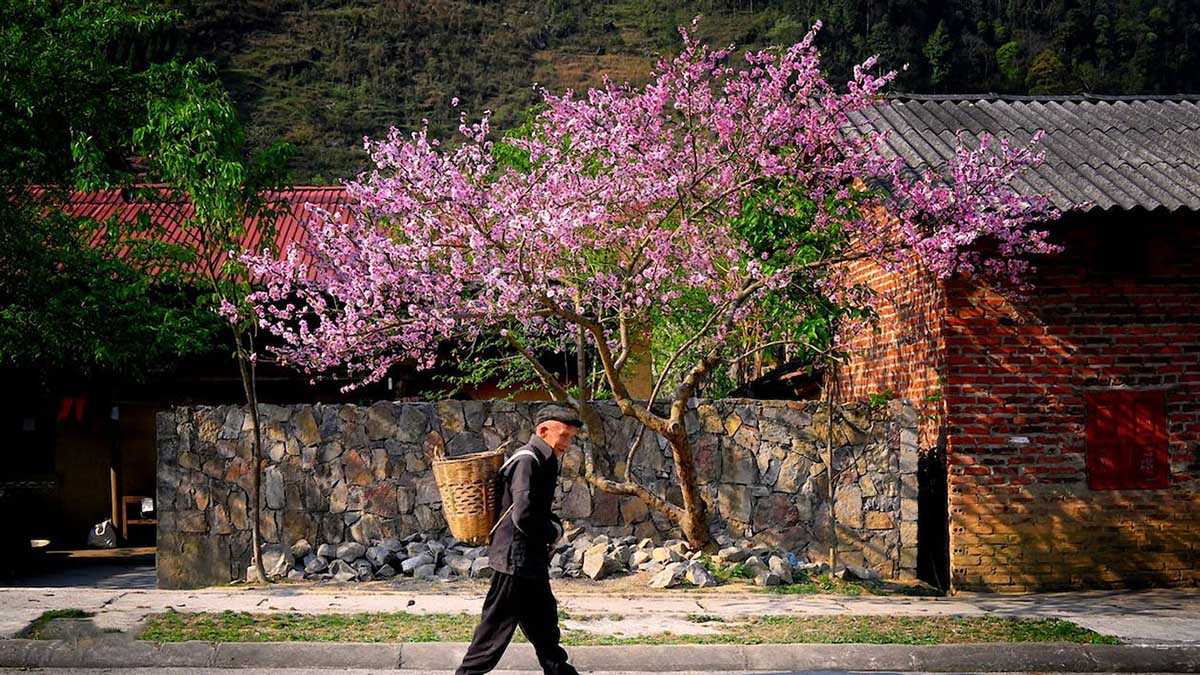
The best time to visit Mu Cang Chai blooming season
Travel Tips after learning the best time to visit Mu Cang Chai
Mu Cang Chai’s weather can fluctuate dramatically between day and night, with daytime warmth often giving way to nighttime chill. The roads are mostly dirt tracks, and the distances between key attractions are significant. Here are some tips to make the most of your journey:
-
Footwear: Opt for sturdy shoes or walking sandals.
-
Essentials: Pack warm clothing, sunscreen, VND cash, insect repellent, and any necessary medications, as local shopping options are limited.
-
Transport: Rent a motorbike in Mu Cang Chai’s downtown to explore the surrounding areas.
-
Journey: Mu Cang Chai is 300km from Hanoi, a six-hour bus ride away. You should plan to spend at least two days in the area.
-
Budget: Prices are quite reasonable, with local meals costing around $4-14, homestays at $12-30/night, and resorts at $35-70/night. A three-day, two-night stay might set you back about $120-200 pp.

Choose the best time to visit Mu Cang Chai
If you still want to learn about Mu Cang Chai, do read this things to do in Mu Cang Chai!
If you still planning a whole Vietnam holidays, the article of the best time to visit Vietnam is useful for you.
These insights should help you choose the best time to visit Mu Cang Chai, along with an overview of its climate and essential travel tips. For more travel guides or assistance in planning your Vietnam tour, feel free to explore our website or contact us directly.
For the free holiday planning consultants, do contact us at Get the itinerary, all will be free




